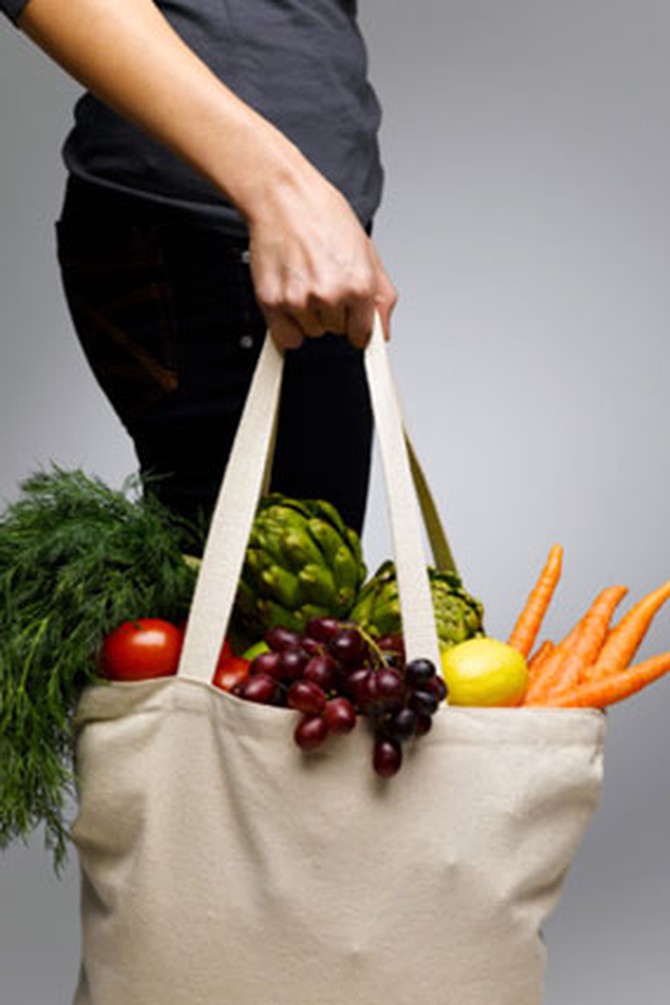3 Ways to Pack a Smarter Lunch
Attention brown baggers: Here's what you need to know to prep a better midday meal.
By Dr. Mehmet Oz

Photo: Thinkstock
Vary Your Veggies
In one experiment, half the subjects were served carrots while the other half had a choice of carrots or celery. Only 69 percent of the first group ate their vegetables, compared with 91 percent of the latter group. It's not that celery fans are more common, says David Just, PhD: "Limiting food choices induces a natural tendency to rebel against restrictions. When we're able to make a choice, even a meaningless choice, we value the outcome more highly." In other words, by packing two veggies, you'll up your odds of eating at least one.

Photo: Thinkstock
Think Small
Using smaller containers can decrease caloric consumption—without leaving you hungry. Diners who trade 12-inch plates for ten-inch ones will eat about 22 percent fewer calories and still feel like they've eaten a full meal. Researchers also found that people perceive meals as satisfying when their plates are three-fourths full, whether they're served on a smaller plate or a larger one.

Thinkstock
Beware the Low-Fat Label
Trading a rich indulgence for a low-fat snack may feel virtuous, but that health halo could actually cause you to eat more. When participants saw the words low-fat on a product, their estimation of an appropriate portion expanded by 25 percent and their caloric consumption increased by as much as 50 percent. To avoid this trap, pay careful attention to suggested serving sizes on low-fat treats or opt for single-serving bags.
To get more ideas for meaningful but manageable steps that will make a big difference to your year, check out Dr. Oz's 28 Day Fresh Start.
To get more ideas for meaningful but manageable steps that will make a big difference to your year, check out Dr. Oz's 28 Day Fresh Start.
Published 12/13/2011

